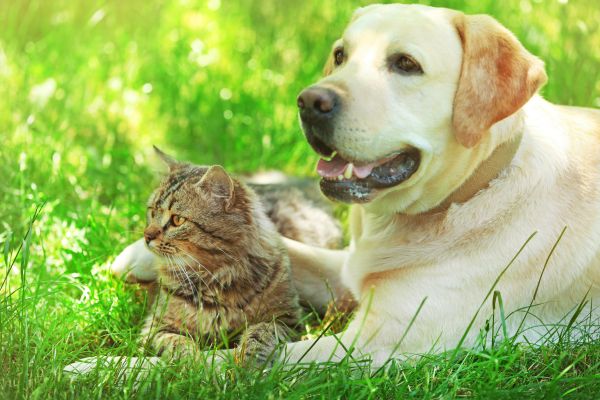As a responsible pet owner, ensuring your furry friend receives the best care goes beyond providing love and attention. One crucial yet often overlooked aspect is how you store their food. Proper storage not only preserves the nutritional value of pet food but also protects it from spoilage, contamination, and pests. In this comprehensive guide, we will explore essential pet food storage tips to help you keep your pet healthy and happy.
Why Proper Pet Food Storage Matters
Many pet owners underestimate the importance of storing pet food correctly. Just like human food, exposure to air, moisture, and temperature fluctuations can compromise its quality. When pet food is not stored properly, it can lose vital nutrients and even develop mold or bacterial growth. This can lead to digestive issues, foodborne illnesses, or a refusal to eat by your pet. By understanding effective storage techniques, you can extend the shelf life of pet food while ensuring it remains safe and appetizing.
Choosing the Right Storage Containers
One of the most effective pet food storage tips is to invest in high-quality storage containers. Airtight containers made from BPA-free plastic, stainless steel, or glass are ideal choices. These containers prevent air and moisture from seeping in, both of which can degrade food quality quickly. Moreover, they help keep pests like ants, rodents, and insects at bay. While the original pet food bag may seem convenient, it is not designed for long-term storage. Transferring dry kibble into a sealed container while keeping the bag within it can offer an added layer of protection.
Optimal Temperature and Environment for Storage
Storing pet food in an environment with stable, cool temperatures is vital. Heat accelerates the breakdown of fats in pet food, leading to rancidity and unpleasant odors. A pantry, cupboard, or dedicated pet food cabinet away from direct sunlight and heat sources such as stoves or radiators works best. Avoid leaving pet food in garages or sheds where temperatures can fluctuate dramatically, as this creates a perfect breeding ground for bacteria and mold.
Understanding the Shelf Life of Pet Food
Dry and canned pet foods have different storage requirements and shelf lives. Dry kibble generally lasts longer when stored properly, but once opened, it should be consumed within six weeks to maintain freshness. On the other hand, canned food should be refrigerated immediately after opening and used within a few days. Always check the expiration date on the packaging and rotate stock to use older food first. Paying attention to these dates ensures your pet never consumes stale or potentially harmful food.
The Importance of Hygiene in Pet Food Storage
Maintaining hygiene in your pet food storage routine is crucial. Before refilling containers, clean them thoroughly with warm soapy water and allow them to dry completely. Residual oils from old kibble can turn rancid and contaminate fresh food. Similarly, avoid topping off old food with new batches as this can mix fresh food with stale remnants, affecting the overall quality. Practicing proper hygiene safeguards your pet from exposure to harmful bacteria or toxins.
Recognizing Signs of Spoiled Pet Food
Even with the best pet food storage tips, it is important to recognize when food has gone bad. Signs of spoilage include a rancid or sour smell, discoloration, mold growth, or an unusual texture. If your pet suddenly refuses to eat their food or shows signs of digestive distress, inspect the stored food for any irregularities. When in doubt, it is safer to discard questionable food than risk your pet’s health.
Additional Tips for Pet Food Safety
While dry food is more commonly stored for long periods, treats and chews also require proper storage. Keep them in airtight containers and away from humid environments to prevent mold and maintain their texture. For households with multiple pets or large food bags, consider portioning out smaller quantities into separate containers. This minimizes frequent exposure of the main supply to air and contaminants.
Conclusion: Prioritize Your Pet’s Health with Smart Storage Practices
Your pet’s health and happiness depend significantly on the quality of their food. By implementing these pet food storage tips, you can ensure their meals remain fresh, nutritious, and safe. From choosing airtight containers to maintaining optimal storage conditions and practicing good hygiene, each step plays a vital role in protecting your pet. Remember, a little extra care in how you store pet food today can make a big difference in your companion’s well-being tomorrow.





